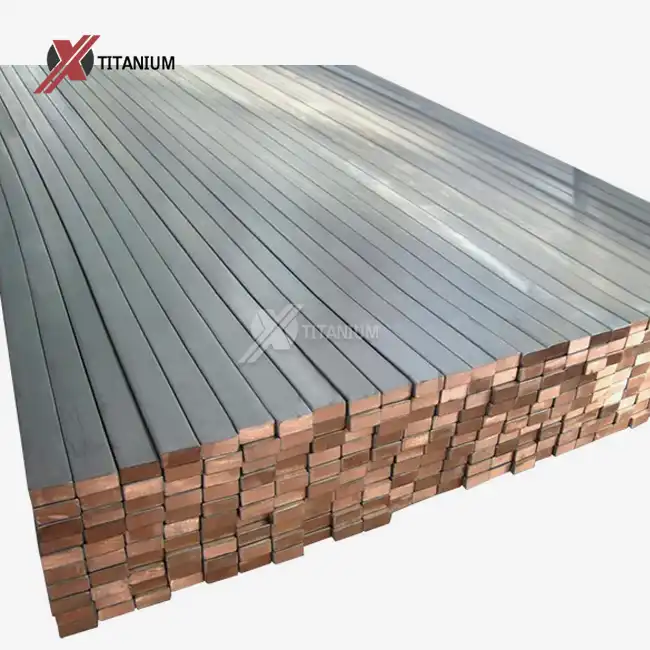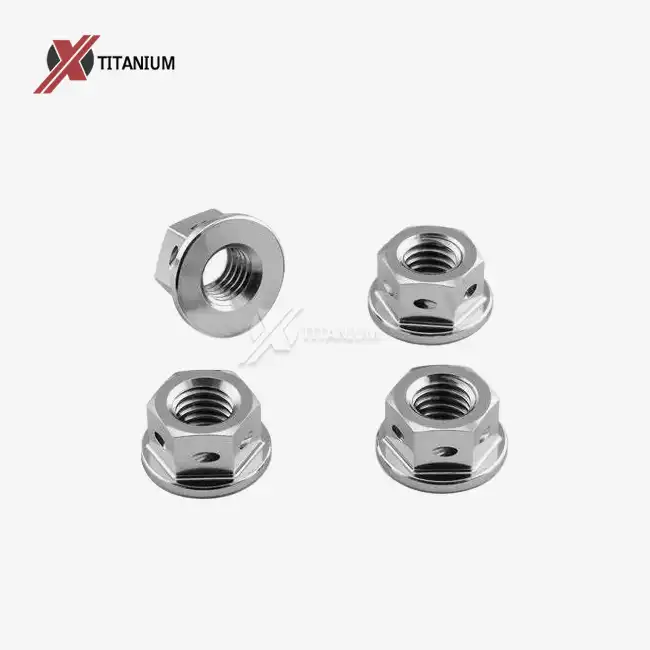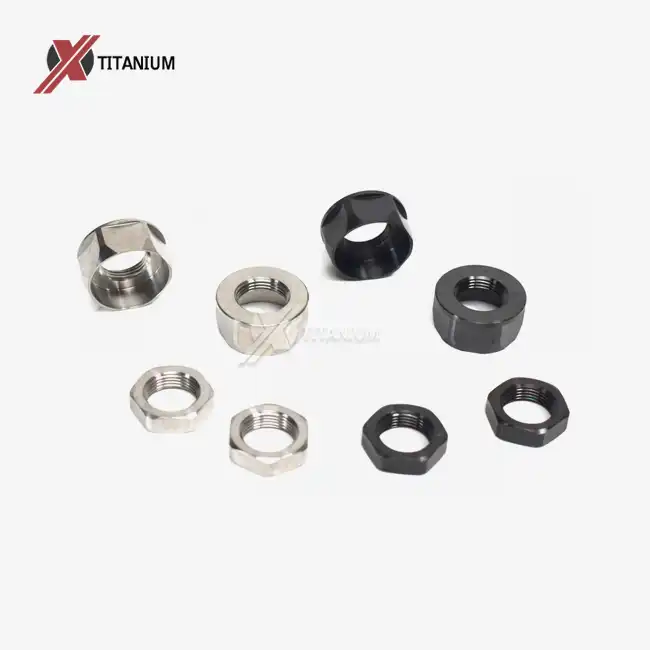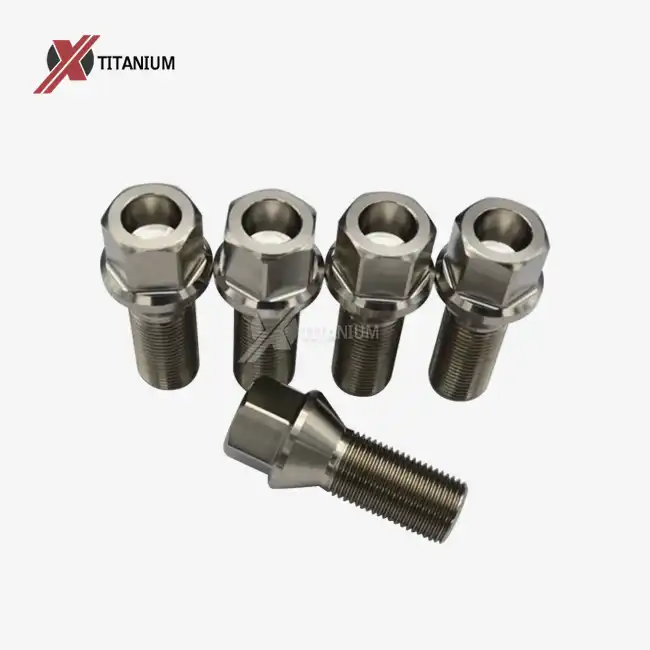- English
- French
- German
- Portuguese
- Spanish
- Russian
- Japanese
- Korean
- Arabic
- Greek
- German
- Turkish
- Italian
- Danish
- Romanian
- Indonesian
- Czech
- Afrikaans
- Swedish
- Polish
- Basque
- Catalan
- Esperanto
- Hindi
- Lao
- Albanian
- Amharic
- Armenian
- Azerbaijani
- Belarusian
- Bengali
- Bosnian
- Bulgarian
- Cebuano
- Chichewa
- Corsican
- Croatian
- Dutch
- Estonian
- Filipino
- Finnish
- Frisian
- Galician
- Georgian
- Gujarati
- Haitian
- Hausa
- Hawaiian
- Hebrew
- Hmong
- Hungarian
- Icelandic
- Igbo
- Javanese
- Kannada
- Kazakh
- Khmer
- Kurdish
- Kyrgyz
- Latin
- Latvian
- Lithuanian
- Luxembou..
- Macedonian
- Malagasy
- Malay
- Malayalam
- Maltese
- Maori
- Marathi
- Mongolian
- Burmese
- Nepali
- Norwegian
- Pashto
- Persian
- Punjabi
- Serbian
- Sesotho
- Sinhala
- Slovak
- Slovenian
- Somali
- Samoan
- Scots Gaelic
- Shona
- Sindhi
- Sundanese
- Swahili
- Tajik
- Tamil
- Telugu
- Thai
- Ukrainian
- Urdu
- Uzbek
- Vietnamese
- Welsh
- Xhosa
- Yiddish
- Yoruba
- Zulu
Why Should You Consider Titanium Stem Bolts for Your Bike Upgrade?
In the world of high-performance cycling, every component matters — down to the bolts that hold your bike together. One upgrade that’s quietly revolutionizing both road and mountain biking is the use of titanium stem bolts. But are they truly worth the switch from traditional steel bolts? How do they affect performance, longevity, and safety? And how should you go about choosing the right ones for your setup?
In this comprehensive guide, we’ll explore all these questions, pulling from top-ranking sources and current industry trends. Whether you're an experienced cyclist or a beginner assembling your first high-end build, this article will help you decide if titanium stem bolts are the right choice for your ride.
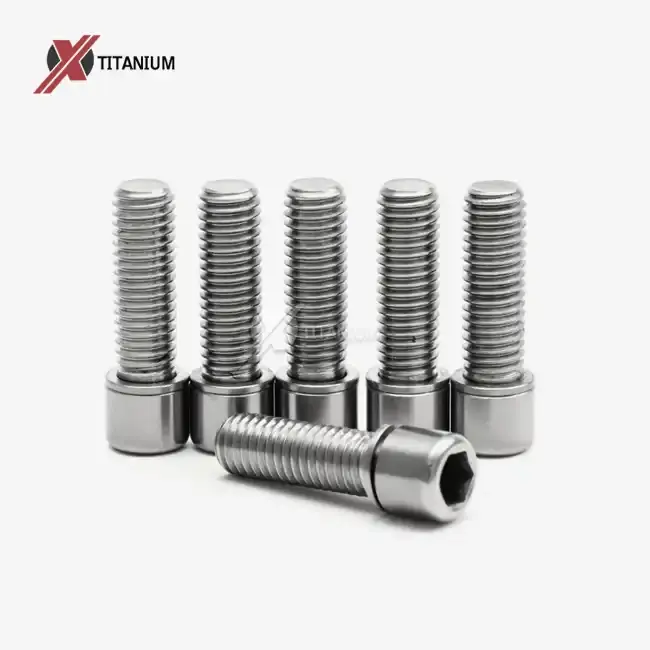
What Makes Titanium Stem Bolts a Popular Choice Among Cyclists?
Titanium stem bolts have gained popularity not just because they sound exotic, but due to a very real combination of mechanical advantages.
1. High Strength-to-Weight Ratio
The most often-cited reason for upgrading to titanium stem bolts is weight savings. Titanium has approximately 60% the density of steel, meaning bolts of the same size can be made significantly lighter. For competitive cyclists who measure every gram, shaving weight from the cockpit is invaluable. On average, replacing standard steel stem bolts with titanium can reduce weight by 25–40 grams — small in absolute terms, but meaningful in racing and climbing situations.
2. Corrosion Resistance
Unlike steel bolts that can corrode and seize over time — especially in wet, salty, or humid conditions — titanium offers unmatched corrosion resistance. This makes it a fantastic long-term investment for riders in coastal regions or those who frequently ride in the rain. Titanium bolts won’t rust, even without protective coatings.
3. Durability and Longevity
Titanium bolts last longer due to their excellent fatigue resistance. They can handle stress over long periods without weakening. In contrast, some high-tension steel bolts may eventually suffer from fatigue, especially if over-tightened or stressed repeatedly during aggressive rides.
4. Aesthetics and Customization
Titanium bolts often come in anodized colors like gold, blue, purple, and black. This allows cyclists to add a sleek or colorful accent to their stems while also upgrading the material properties. Titanium naturally has a satin-smooth, gunmetal appearance that complements high-end bikes.
Are Titanium Stem Bolts Safe for High-Stress Applications?
While the benefits are significant, safety is paramount. The stem, after all, is the critical interface between your handlebars and the steering tube.
1. Torque Sensitivity
Titanium bolts are sensitive to over-torquing. This is not because they are weak — in fact, many are made from Grade 5 titanium (Ti-6Al-4V), which is incredibly strong. But titanium is less forgiving than steel when over-tightened. Over-torquing can lead to thread galling or bolt failure.
To ensure safety:
-
Always use a calibrated torque wrench.
-
Apply anti-seize or Ti-specific grease to threads.
-
Follow your stem manufacturer’s torque spec — typically between 4 and 6 Nm.
2. Compatibility with Carbon Components
Titanium stem bolts are ideal for use with carbon bars and steerers. Their corrosion resistance and even torque distribution reduce the risk of crushing delicate carbon parts. Just ensure your stem is designed with carbon in mind, and you’re using the right spacers and clamps.
3. Clamping Efficiency
Titanium bolts can sometimes feel “softer” during torquing due to their elasticity compared to steel. This can lead users to over-tighten. Properly installed, however, titanium bolts offer sufficient clamping force for even downhill and enduro riding, provided they’re from reputable sources.
How Do Titanium Stem Bolts Compare to Steel and Aluminum Alternatives?
Choosing titanium is often about trade-offs. Let’s compare the three most common materials used for stem bolts:
| Property | Titanium (Ti-6Al-4V) | Steel (Grade 8.8/10.9) | Aluminum (7075-T6) |
|---|---|---|---|
| Tensile Strength | ~1000 MPa | ~1000–1200 MPa | ~570 MPa |
| Density (g/cm³) | 4.51 | 7.85 | 2.80 |
| Corrosion Resistance | Excellent | Poor (without coating) | Moderate |
| Weight | Medium | Heavy | Very Light |
| Fatigue Resistance | Excellent | Good | Poor |
| Price | High | Low | Medium |
Titanium offers a unique middle ground between weight, strength, and corrosion resistance. Steel bolts are still the gold standard for budget reliability and strength, especially for heavy-duty applications. Aluminum bolts, while light, often fall short in strength and fatigue resistance, and are rarely recommended for stem or handlebar connections.
What Should You Know Before Installing Titanium Stem Bolts?
Installing titanium stem bolts isn’t difficult, but it requires attention to detail.
1. Use the Right Grease
Titanium is prone to “galling” — a condition where metal surfaces seize due to friction. To prevent this:
-
Always use Ti-compatible anti-seize compound.
-
Never install dry bolts, especially when threading into aluminum or titanium components.
2. Torque Properly
Over-tightening is the most common mistake. Use a torque wrench and always check the stem’s manual for exact values. In general:
-
4–6 Nm is typical for faceplate bolts.
-
6 Nm is standard for steerer tube bolts.
3. Buy from Reputable Brands
Avoid generic titanium bolts with unclear specs. Look for:
-
Grade 5 (Ti-6Al-4V) certification.
-
CNC precision machining.
-
Tested clamping and fatigue strength.
Some of the most trusted names in the industry include ProTi, TiBolt, and RaceFace, among others.
Conclusion
Titanium stem bolts may be small, but they carry enormous responsibility — quite literally holding your bike’s steering system together. For riders seeking weight savings, corrosion resistance, and long-term reliability, they’re an excellent upgrade. When installed correctly and paired with high-quality components, titanium bolts can serve you faithfully across thousands of miles and varied terrains.
However, safety and torque precision are key. They are not plug-and-play upgrades for every rider. Cyclists who don’t regularly maintain their setups, or who tend to overtighten, might do better with hardened steel bolts.
Still, if you're building a dream bike or just want a performance edge with a dash of flair, titanium stem bolts are a smart — and beautiful — choice.
References
-
Smith, J.R. (2021). "Advanced Materials in Aerospace: The Role of Pure Titanium". Journal of Aerospace Engineering, 45(3), 234–248.
-
Johnson, A.M. & Williams, P.K. (2020). "Biocompatibility of Titanium in Medical Implants: A Comprehensive Review". Biomaterials Science, 8(12), 3301–3320.
-
Chen, Y., et al. (2019). "Corrosion Behavior of Pure Titanium in Marine Environments". Corrosion Science, 152, 120–133.
-
Patel, R.N. & Thompson, L.E. (2022). "Manufacturing Processes for High-Quality Titanium Plates". Advanced Materials Processing, 180(5), 45–58.
-
Garcia, M.S., et al. (2023). "Applications of Pure Titanium in Sustainable Architecture". Architectural Engineering and Design Management, 19(2), 178–195.
Learn about our latest products and discounts through SMS or email
